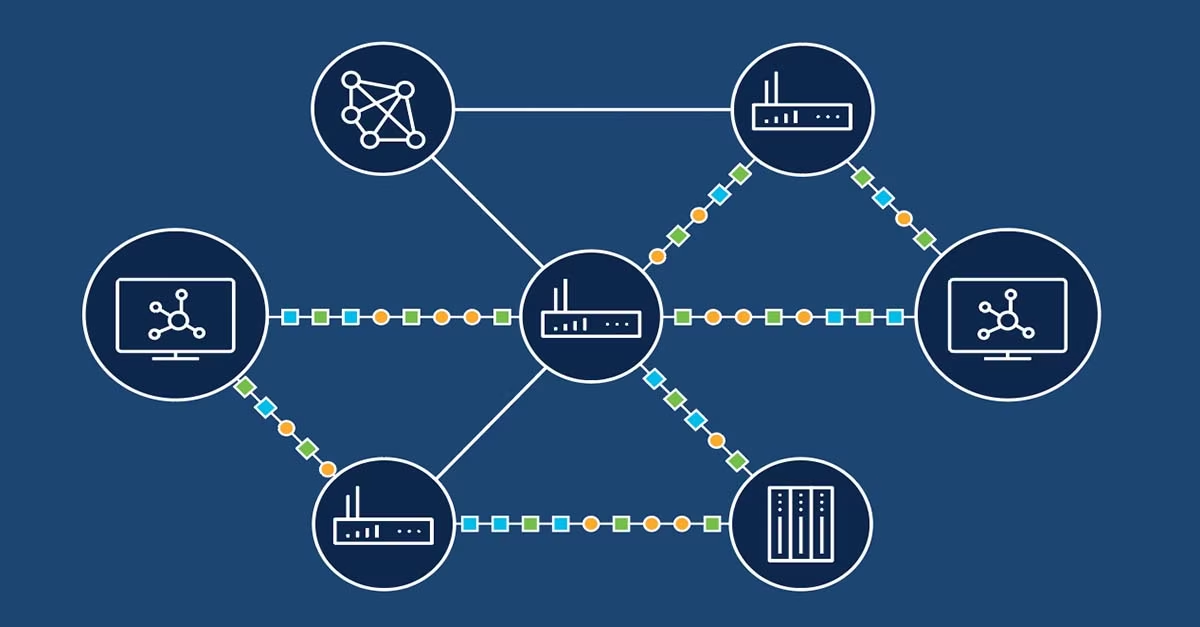Cyber Security, Time Demands
Securing everything which is over the internet or is a piece of critical information is called cyber Information Technology Security. It is a general, but important practice of securing critical systems and important information from any kind of digital attack. Cyber security policies and rules are defined and designed in a way that their main function is to combat all kinds of threats against networks, systems, applications, and data.
According to data shared via 'n' a number of research organizations, it was stated that, 'in the year 2020, the average cost of a data breach is found to be USD 3.86 million globally. Cybercriminals target customers personally and organizations via information like address, name, Credit card information etcetera.
Common Cyber Threats: Let's discuss some of the security threats which are as follows: 1) Malware: The term 'malware' defines as 'malicious software, and this software can be worms, viruses, trojans, and spyware. This malware files less and gets unauthorized access to the device and corrupts or misuses the data of the system. 2) Ransomware: It is a type of malware that demands ransom from the victim by locking down the files, and data, and to release it asks for the ransom, unless a ransom is paid, the data won't be released. 3) Phishing: These are the most prevalent attacks nowadays, causing victims a heavy loss of amount by using platforms like emails, messages, and calls acting as an authenticate service provider. Already have written a full blog on this, one can read it here https://www.blogger.com/u/2/blog/post/edit/3895214815375663288/5440205610180084368 4) Insider Threats: Data revelation by the current or former partners, employees, or compromise of the device they are/were using. As they are insider threats, thus are invisible or less vulnerable to security solutions like firewalls, and IDS (Intrusion Detection System), as the focus is on external threats. 5) DDoS Attacks: The purpose of this distributed denial of services is to overwhelm the network of the enterprise by overloading it with irrelevant traffic, usually from multiple coordinated systems. 6) APTs: Advanced persistent threats, are made by an intruder or group of intruders to infiltrate a system by remaining undetected for a time period to steal data and use it in attacks or other illegal activities. 7) Man in the Middle: It is an eavesdropping attack in which the data is stolen by the man in the middle of the service provider and the user. Like the data between the User of an insecure Wi-Fi and the Wi-Fi service provider can be attacked by the man-in-the-middle because of the insecure mode of the Wi-Fi.
Cyber Security Best Practises:
- Keep hardware and software up-to-date.
- Avoid opening suspicious emails.
- Use a secure file-sharing solution to encrypt data or use a VPN to privatize your system.
- A strong Password is a key to security.
- 2-factor authentication is a must.
- Remove adware from your machine.
- Double-check for the HTTPS or SSL certificate of the website.
- Don't store or share information on an insecure platform.
- Avoid public device usage.
- Education at both ends, users as well as providers.
- Protect access with efficient identity management.
- Use anti-virus and anti-malware.

Comments
Post a Comment